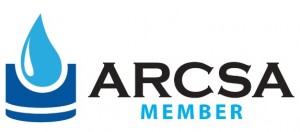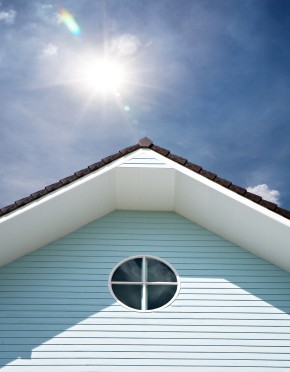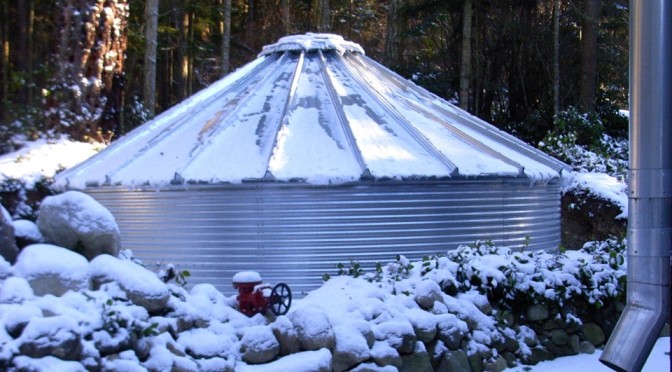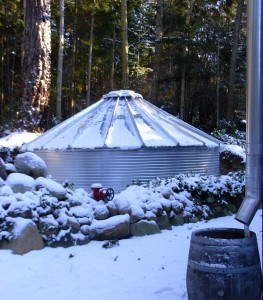 RainBank is ARCSA’s Northwest Regional Representative and will share and promote ARCSA’s mission to promote sustainable rainwater harvesting practices to help solve potable, non-potable, stormwater and energy challenges throughout the world.
RainBank is ARCSA’s Northwest Regional Representative and will share and promote ARCSA’s mission to promote sustainable rainwater harvesting practices to help solve potable, non-potable, stormwater and energy challenges throughout the world.
Here are some upcoming ARCSA education opportunities that would benefit rainwater harvesting industry professionals at varying levels of professional development. Subscribe to RainBank’s blog (check box below) to receive more notifications, or subscribe directly to ARCSA’s newsletter.
- Monday, January 19, 2015
2 Day (AP) Rainwater Harvesting Workshop, San Marcos TX - Wednesday, January 21, 2015
2 Day (RWHDC) Rainwater Harvesting Design & Construction Workshop, San Marcos TX
- Friday, January 23, 2015
1 Day (IS) Inspection Specialist Workshop, San Marcos TX


 A Rainwater collection system begins at the roof and ends at point of entry or use.
A Rainwater collection system begins at the roof and ends at point of entry or use.
 Is Skagit County allowing potable rainwater collection for single family construction?
Is Skagit County allowing potable rainwater collection for single family construction?